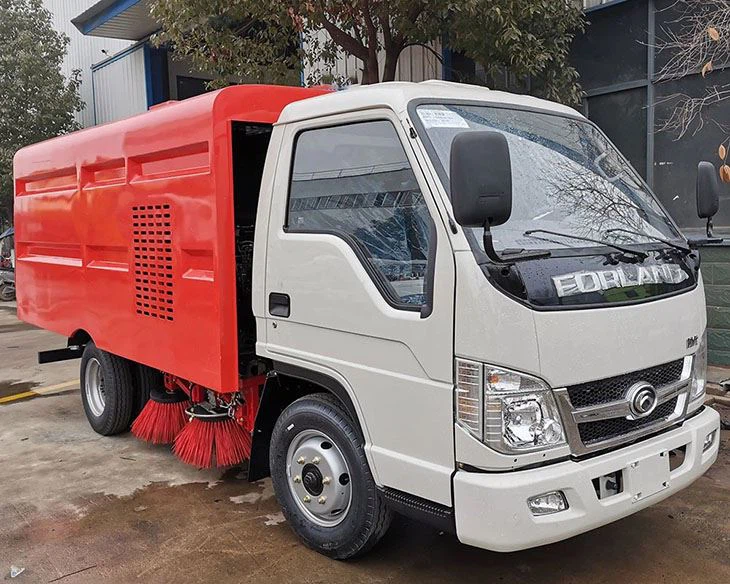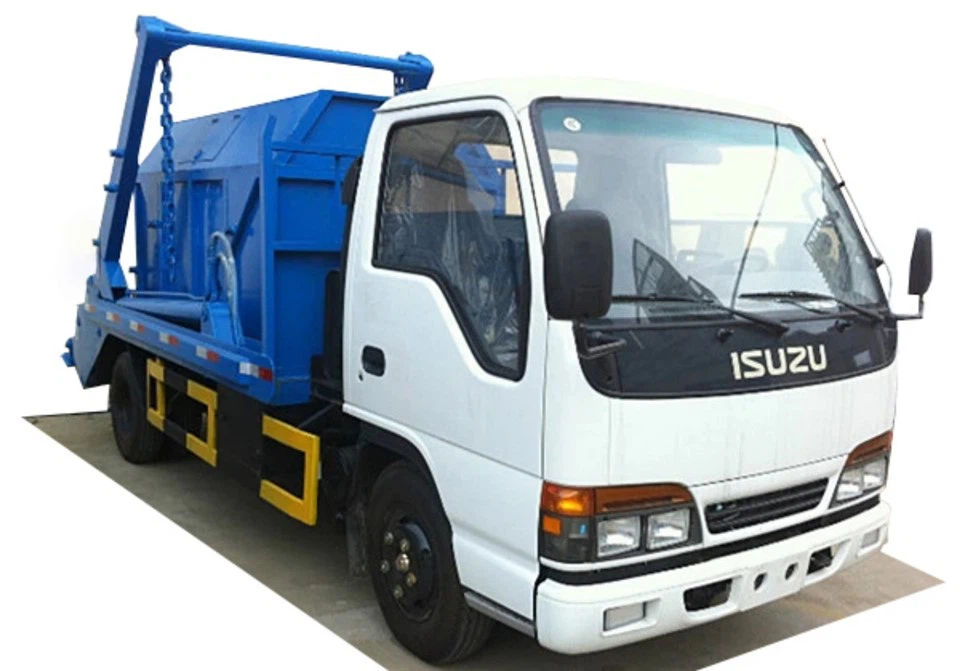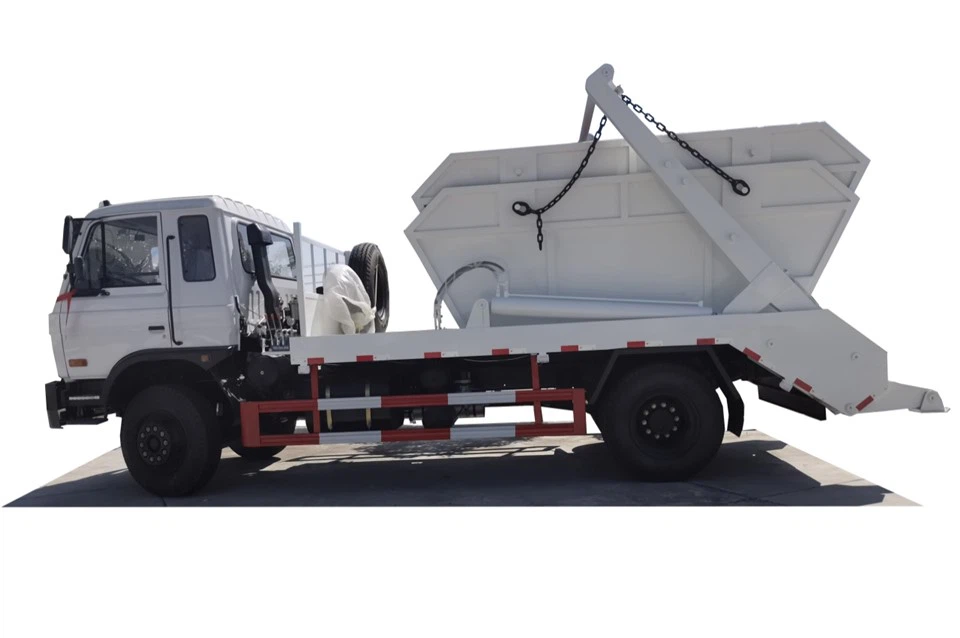Baler Sales: Your Comprehensive Guide to Choosing the Right Baler for Your Needs

Introduction
Baler sales have been steadily increasing as more industries recognize the importance of efficient waste management and material handling. Farmers, recycling centers, and manufacturers all benefit from the use of balers to compress and package waste and raw materials into manageable bales. In this article, we’ll explore various aspects of baler sales, including types of balers available, factors to consider when purchasing a baler, common applications, and tips for maintaining your equipment. Whether you’re a first-time buyer or looking to upgrade your existing equipment, this guide will provide you with valuable insights.
Understanding Baler Types
Balers come in various shapes and sizes, each designed for specific applications. Let’s take a look at the most common types of balers available in the market.
1. Vertical Balers
Vertical balers, also known as upstroke balers, are commonly used in small to medium-sized operations. These balers are compact, making them ideal for facilities with limited space.
Advantages of Vertical Balers
- Space-efficient design
- Lower initial costs
- Suitable for a variety of materials
2. Horizontal Balers
Horizontal balers are larger and are typically used in high-volume operations. These balers offer faster processing times and are ideal for large quantities of recyclable materials.
Advantages of Horizontal Balers
- Higher throughput capacity
- Continuous feed capabilities
- Better suited for bulky materials
3. Specialty Balers
Some operations may require specialty balers designed for specific applications, such as textile or foam compression. These machines are tailored to meet unique operational needs.

Examples of Specialty Balers
- Textile balers for clothing and fabric scrap
- Foam balers for packaging waste
- Wastepaper balers for recycling paper products
Key Factors to Consider When Buying a Baler

When it comes to purchasing a baler, several factors can influence your decision. Understanding these factors will help you make an informed choice.
1. Volume of Material to be Baled
Assessing the volume of materials you’ll be processing is crucial. High-volume operations may benefit more from a horizontal baler, while smaller operations might find vertical balers sufficient.
2. Type of Material
The type of material you plan to bale is another essential consideration. Different balers handle specific materials better than others, and it’s important to select one that meets your specific needs.
3. Available Space
Your facility’s layout will dictate the size and type of baler that can be accommodated. Vertical balers require less floor space, while horizontal balers need more room for operation.
4. Budget
Budget constraints can play a significant role in your decision. While horizontal balers may have higher upfront costs, they can provide cost savings in the long run due to their efficiency.
Popular Brands of Balers
Several brands dominate the baler market, known for their reliability and performance. Here are some of the most recognized manufacturers:
| Brand | Type of Baler | Special Features |
|---|---|---|
| Harris | Horizontal | Heavy-duty, customizable |
| Balemaster | Vertical | Compact design, versatile |
| American Baler | Horizontal | High throughput, easy maintenance |
| Marathon | Vertical & Horizontal | Energy-efficient options |
Costs and Financing Options for Baler Purchases
The cost of a baler varies widely depending on its type and features. Established brands may charge a premium for their equipment, but they often offer superior reliability and performance. Here’s a breakdown of typical costs.
| Baler Type | Average Cost |
|---|---|
| Vertical Baler | $3,000 – $10,000 |
| Horizontal Baler | $20,000 – $100,000+ |
| Specialty Baler | $10,000 – $50,000 |
Financing Options
Many manufacturers offer financing solutions, including:
- Loan options through banks or credit unions
- Equipment leasing
- Manufacturer financing programs
Common Applications for Balers
Balers serve a variety of industries and applications. Here are some common uses for these versatile machines.
1. Agriculture
Farmers often use balers to compress straw, hay, and silage for easy transport and storage. The bales can be stored efficiently and used as feed or bedding during the off-season.

2. Recycling Centers
Recycling facilities frequently use balers to compact materials such as cardboard, plastics, and metals for shipping and processing, allowing for maximized transport efficiency.
3. Manufacturing
Manufacturers utilize balers to handle waste materials such as paper, plastic, and textiles. Proper baling reduces storage space and improves waste management.
4. Retail and Distribution
Retail locations often use balers to recycle packaging materials. This helps in reducing trash volume and promotes sustainability efforts.
Maintenance Tips for Your Baler
Regular maintenance is key to ensuring your baler’s longevity and efficiency. Here are some practical tips for maintaining your equipment:
1. Daily Inspections
Perform daily checks to ensure all components are functioning correctly. Look for wear and tear, oil leaks, and any unusual noises during operation.
2. Lubrication
Keep moving parts lubricated according to the manufacturer’s recommendations. This will minimize friction and prolong the life of the baler.
3. Clean the Machine
Regularly clean the baler to remove debris and dust. This will prevent malfunctions and ensure smooth operation.
4. Follow the Manufacturer’s Guidelines
Always refer to the operator’s manual for specific maintenance tasks and intervals. Staying compliant with these guidelines will help avoid unnecessary breakdowns.
Where to Buy Balers
Purchasing a baler involves understanding where to buy it from and what to expect during the buying process.
1. Authorized Dealers
Authorized dealers are often the best choice due to their expertise and support services. They can provide demonstrations and assistance with financing options.
2. Online Marketplaces
Many buyers opt to purchase balers online through marketplaces like eBay, Amazon, or specialized industrial equipment websites. However, be cautious and read reviews before making a purchase.
3. Auctions and Resellers
Equipment auctions can be a way to find used balers at lower prices. Ensure you thoroughly inspect the baler and understand its condition before bidding.
Frequently Asked Questions
1. What is the average lifespan of a baler?
The average lifespan of a well-maintained baler ranges from 10 to 15 years, depending on usage and maintenance practices.
2. Can I use a baler for different materials?
Yes, many balers can handle multiple materials, but it’s important to select one that is specifically designed for the types of materials you plan to process.
3. How do I know what size baler I need?
The size of your baler should be determined by the volume and type of material you’ll be processing, as well as the available space in your facility.
4. Are there warranty options for balers?
Most reputable baler manufacturers offer warranties ranging from 1 to 5 years, covering parts and labor for specific issues that may arise.
5. Is it better to buy new or used equipment?
Buying new balers typically comes with warranties and the latest technology, while used balers can save money but may require more maintenance and repairs.
6. What are the energy requirements for operating a baler?
Energy requirements vary by baler type and size. Generally, electric balers require standard industrial power supply, while larger hydraulic balers may need higher voltage settings.
